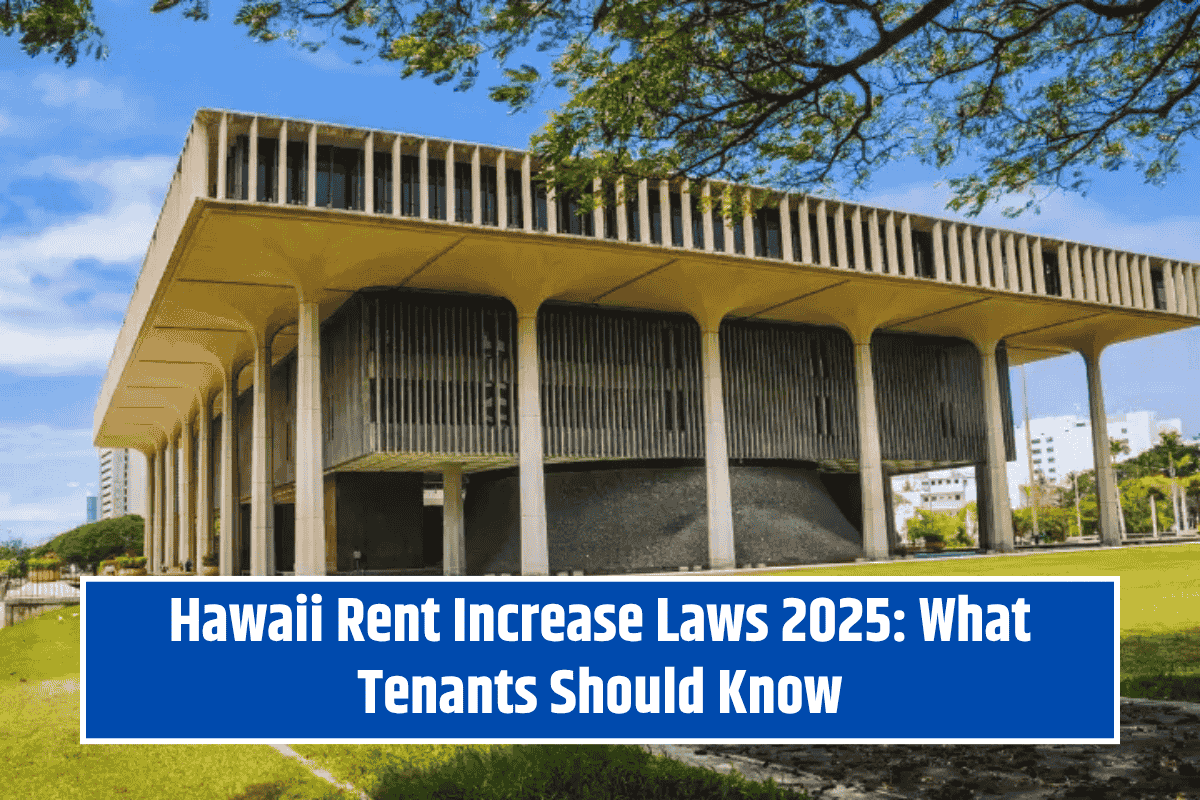On June 4, President Donald Trump issued an executive order that revokes Harvard University’s permission to admit incoming international students. This move adds another chapter to the ongoing conflict between the White House and the prestigious institution, marking the latest escalation in the battle over immigration and academic policies.
Why Did Trump Take This Action?
Trump’s decision to revoke Harvard’s permission centers around his concerns that the university’s international student population poses a risk to national security. In his executive order, he expressed dissatisfaction with the way Harvard has handled various issues, including its approach to students of different races, national origins, and religions. The President also criticized Harvard’s handling of protests, specifically its alleged failure to protect Jewish students from anti-Israel demonstrations by pro-Palestinian groups.
Additionally, Trump’s order refers to the university’s use of race-based admissions practices, which were declared unconstitutional by the Supreme Court in 2023. He linked these practices to the continued enrollment of large numbers of international students, claiming it negatively impacts opportunities for American students.
Trump’s Grievances Against Harvard
In the executive order, Trump listed several reasons for taking action against Harvard. He argued that Harvard’s continued acceptance of international students contributes to what he considers the university’s discriminatory practices. He also pointed out the issue of Harvard not sufficiently protecting Jewish students from protests that became controversial. Moreover, Trump stated that international student enrollment should not reduce opportunities for American students, particularly by filling spots that could otherwise be reserved for them.
Trump’s frustration with Harvard also ties back to the university’s refusal to provide information regarding student protesters or to submit to an external review of its classes and faculty. The White House has repeatedly clashed with Harvard over these matters, leading to increased tensions between the two.
Impact on International Students
Harvard University currently hosts more than 6,800 international students from around 140 countries, representing more than 25% of the total student population. Trump’s new executive order applies to incoming international students, making it impossible for new students to enter the United States to study at Harvard. The order also asks Secretary of State Marco Rubio to consider whether the visas of current international students should be revoked as well.
While Harvard’s international students contribute greatly to the university’s diversity, Trump’s order seeks to reduce the number of foreign students attending the school, claiming it will benefit American students who are in need of more opportunities.
Broader Context: International Students in the U.S.
There are about 1.2 million international students in the United States, with the largest groups coming from countries like India and China. These students play a key role in the U.S. education system, contributing to both the academic and cultural diversity of American universities. However, recent actions by Trump reflect a larger political debate around immigration policies, national security, and the role of foreign students in American higher education.
President Trump’s executive order marks a significant move against Harvard University’s international student program, citing national security concerns, racial issues in admissions, and the university’s handling of student protests as key reasons. The order has raised concerns about its potential impact on international students, with Harvard’s diverse student body set to face stricter rules. This conflict highlights the broader political debate on immigration and the future of international students in the United States.
















Leave a Reply